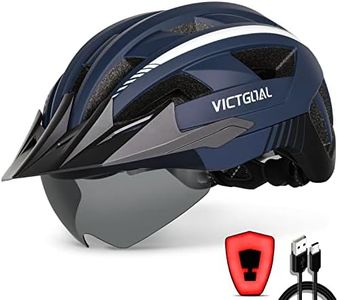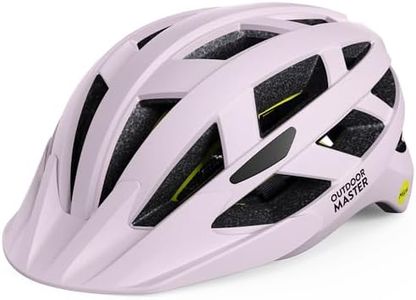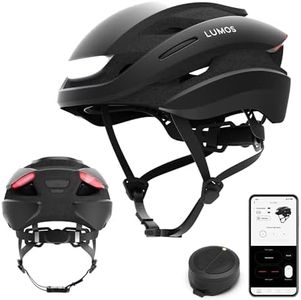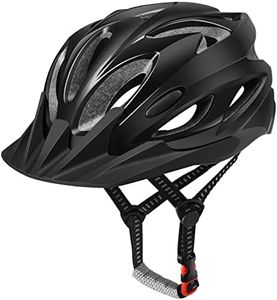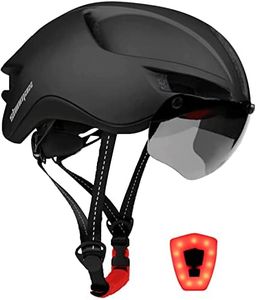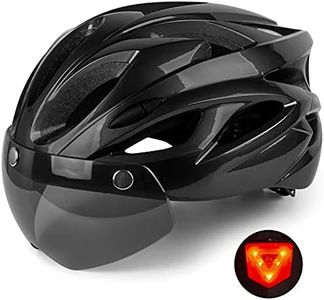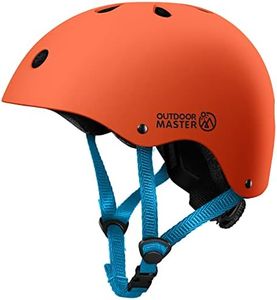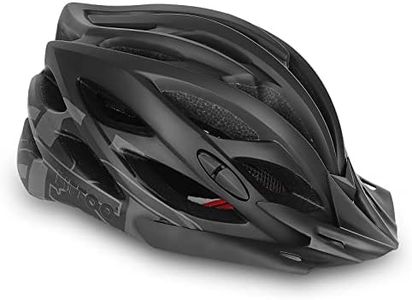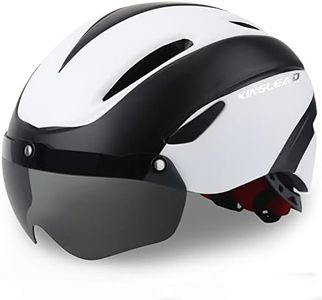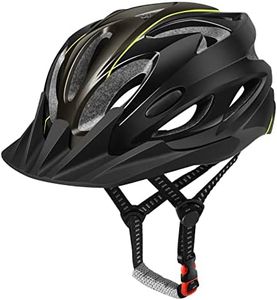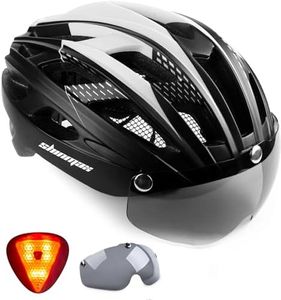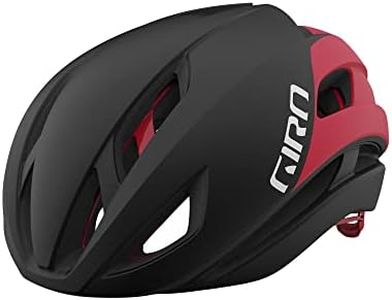We Use CookiesWe use cookies to enhance the security, performance,
functionality and for analytical and promotional activities. By continuing to browse this site you
are agreeing to our privacy policy
10 Best Commuter Bike Helmets
From leading brands and best sellers available on the web.Buying Guide for the Best Commuter Bike Helmets
Choosing the right commuter bike helmet is important for your safety and comfort during everyday rides. A helmet should protect your head, fit well, and add convenience or visibility features that suit your daily cycling routine. There are a few important specifications to consider to help you find the best helmet for your needs.Safety CertificationsSafety certifications indicate that a helmet meets specific standards for impact protection. The main certifications you’ll see are CPSC (common in the US), EN 1078 (Europe), or AS/NZS 2063 (Australia/New Zealand). If your helmet carries one or more of these certifications, it has been tested for safety. Always make sure your helmet has a valid certification—without it, the helmet might not properly protect you in an accident.
Fit and AdjustabilityA well-fitting helmet is crucial for both comfort and safety. Helmets usually come in different sizes, and many have an adjustable dial or strap system to customize the fit. When choosing, look for a helmet that sits snugly on your head without being too tight or loose. Test how easily you can adjust the straps and dial, because a good fit keeps the helmet stable while riding and ensures optimal protection.
VentilationVentilation refers to the number and placement of air vents in the helmet, which helps keep your head cool. Helmets range from low-vent (few, larger holes) to high-vent (many, smaller holes) designs. If you ride in hot or humid weather or go longer distances, more ventilation is an advantage. For short, slower commutes or cold climates, fewer vents are fine and can even help you stay warmer.
WeightThe weight of a helmet affects your comfort, especially during longer rides. Helmets vary from lightweight options that you hardly feel, to sturdier and heavier ones that may offer more features or protection. If you want a helmet that you can wear for extended periods without fatigue, look for lightweight options; but if your rides are short, the weight difference might be less important.
Visibility FeaturesCommuter bike helmets often include built-in visibility features like reflective stickers, bright colors, or integrated lights. These features help make you more visible to drivers and other road users, especially in low-light or bad weather conditions. If you ride early in the morning, after dark, or on busy streets, look for helmets with higher visibility to enhance your safety.
MIPS or Other Rotational ProtectionMIPS stands for Multi-directional Impact Protection System, a safety feature that reduces the risk of certain brain injuries in angled impacts. Some helmets come with MIPS or similar technologies. If you want extra peace of mind, especially if you ride in high-traffic areas or on unpredictable roads, consider a helmet with this advanced protection.
Convenience FeaturesSome commuter helmets offer features that add daily convenience, like built-in visors to block sun or rain, easy-to-use buckles, or the ability to lock your helmet to your bike with your regular lock. Think about your daily challenges—if you often ride in the sun, a visor may help; if you need to leave your helmet with your bike, choose a model with lock compatibility.
